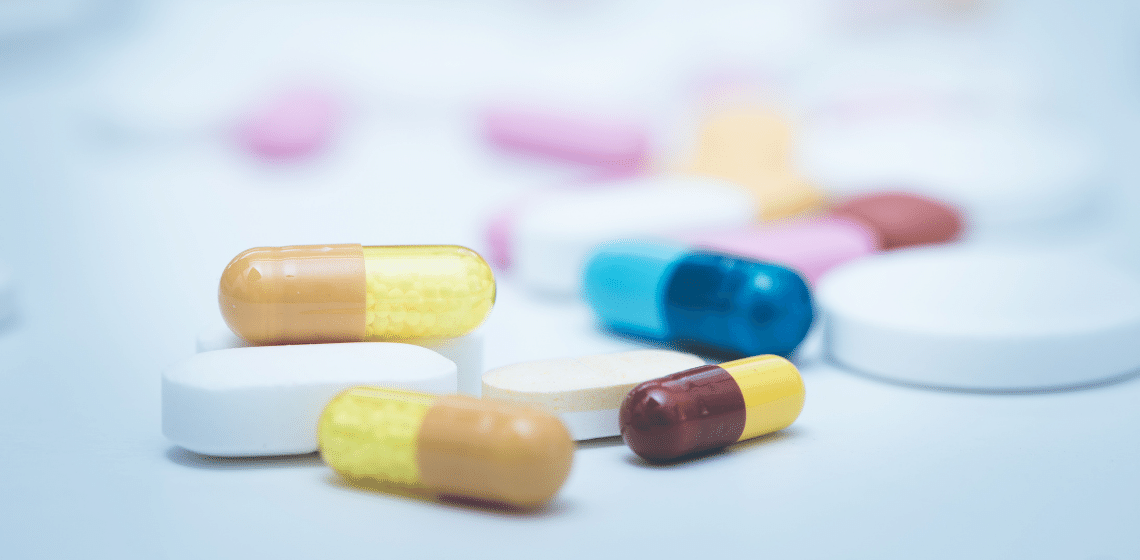How IoT Revolutionizes Traditional Medicine

How IoT Revolutionizes Traditional Medicine – The right drug or treatment, for the right patient, at the right time. It’s the promise that precision medicine, wearables, and ingestible sensors are expected to deliver on. In this blog series, I’ll explore the possibilities of IoT in pharma. It is one of the most promising, and at the same time most ready-to-use technological possibilities that can optimize the end-to-end chain in the pharmaceutical industry. In this first part, I will focus on the benefits of the use of IoT in the process of making a diagnosis. I will also explain how IoT can reimagine traditional biometric measuring.
Just stating the obvious here: IoT is far from new or emerging. Almost every factory, company, vehicle, infrastructure, or home is equipped with sensors. Developers are quite aware of what IoT can and cannot do, which makes it an ideal – and safe – tool for pharma to explore. If we use it to monitor ultra-sensitive and crucial equipment in a factory, why not use it to gain more accurate insights on patients?
Moving Forward in Pharma
The pharmaceutical industry can be quite reserved regarding technology. But rather than stemming from pure rejection, the slow adoption of digital transformation in this industry, is a result of apprehension. One that is fostered by a heavy tradition of compliance, rules, regulations, extensive drug discovery trajectories and drug trials, and of course guarding medicine safety for patients. This doesn’t mean pharmaceutical companies are behind. On the contrary.
The right drug or treatment, for the right patient, at the right time. It’s the promise that precision medicine, wearables, and ingestible sensors are expected to deliver on.
From Mass-Produced to Human-Centered
Many manufacturers in pharma are taking giant steps in their research on ‘modern’ drugs and treatments. These treatments are becoming more and more human-centered and focused on individualized therapy, instead of mass-produced for a group of standardized patients. Trendwatchers in pharma and tech also expect that in a short period of time, bespoke medicine will become the norm. Integration of smart technologies such as IoT will form a key factor in facilitating this precision medicine. From diagnosis to manufacturing and distribution.
Standardized Medication is No Longer Tenable
So, why this focus on bespoke medicine? It’s because a significant number of people experience issues with standardized medication. Patients with the same physical issues can benefit from different medicine. What works for one person, can cause severe side-effects to another. For a general practitioner, the only way to determine which drugs are effective for their patient, is making a diagnosis based on the exams they can perform and on what a patient tells them. In other words: There are no true objective measurable parameters, and the findings are usually based on a moment in time. Of course, further diagnosis can be made by a specialist, but this is often a lengthy process with multiple appointments which takes up a lot of resources. Enter IoT to optimize this process, to provide a continuous – and objective – data flow.
Drug treatments are becoming more and more human-centered and focused on individualized therapy, instead of mass-produced for a group of standardized patients.
How IoT Can Speed Up the Process of Diagnosis
Although – in case of health problems that a G.P. cannot diagnose – a specialist is always needed, IoT sensors can speed up the diagnosis process. IoT can make it less intrusive and time-consuming for patients by digitally performing basic tests and examinations that specialists need for further diagnoses. You can think of biometric wearables that can perform electrocardiograms, track sleep cycles, measure electrodermal activity to assess stress levels, and measure blood oxygen levels, breathing rate and skin temperature. A step further is to use implanted or ingested devices such as sensors on pacemakers and pill sensors. Besides that, using digital twin technology is also a way to run diagnostics in a less intrusive way. Integrating sensors to assess a patient’s health can really help patients to get proper medication sooner.
Biometric sensors can also help to detect and alert on problems a patient hasn’t even noticed yet, like rising sugar levels. Plus, using unobtrusive wearables or ingestibles save patients trips to a hospital for tests, since they can send this data automatically to the hospital’s system for analysis.
Biometric Sensors for a Better Diagnosis
The Atmo Gas-sensing Capsule is a great example of non-intrusive biometric measuring. It is an ingestible with IoT that – once in the body – continuously measures various gases inside the GI tract and transmits data to a specialist. It is up to 10.000 times more precise than current breath-testing methodologies and patients can go about their daily lives while their specialist gets all the data he needs.
Your Next Steps in Pharma
In this blog, I’ve explored – just a few – of the different ways of how IoT can optimize the diagnosis process, and how it can help to save time and resources. It assists in turning an often lengthy – not always comfortable – process into an unobtrusive one.
In the next blog in this short series, I will touch upon the subject of how IoT can help pharmaceutical research departments speed up their discovery stages and clinical trials. I also explain why manufacturers will embrace precision medicine in the future and the make-to-order-manufacturing-model that comes with it.
Of course, when it comes down to optimizing processes, we are more than excited to help you. We can provide the data infrastructure (GxP datalake) to collect (privacy-)sensitive sensor information, connect the IoT devices via safe protocols to this data infrastructure and develop the algorithms for patient monitoring, applications for recipe selection, and any type of dashboard on top.
So, how can we help you to become ready for the future of precision medicine? Let’s talk!